As a Swedish exchange student who came to Wisconsin at 18 years of age, experiencing winter in Wisconsin has been alike but different in many ways.
Wisconsin and Sweden are on two different continents, yet they have the same type of climate in winter. Both places have cold temperatures, ice, and snow, which are all a part of daily life in winter.
But there are tremendous differences in the manner in which people experience and embrace winter in these two regions. One of them is that Sweden, being a country running from north to south, experiences a stark contrast in winter conditions. While the northern region, Norrland, experiences harsh winters with deep snows and extended darkness, the southern part of Sweden may experience light snow or even cold rain at most. On the other hand, the winters in Wisconsin are typically more homogenous state-wise.
Snow Days
The approach to severe snowfall is another difference that I have observed quite specifically between Wisconsin and Sweden. Here, schools will occasionally close due to heavy snow fall, giving us students an unplanned day off known as a “snow day.” Snow days are a popular among students, who spend the day off skiing or staying home. In Sweden, however, the roads and infrastructure are well planned for winter, and schools rarely close for snow. Life continues as usual even in the northernmost regions under bad weather.
Ice Skating and Safety
Ice skating is a popular winter sport, both in Wisconsin and Sweden, but safety habits and traditions are different. In Wisconsin, everyone usually skates at public ice rinks, either indoor or outdoor. Lakes and ponds serve as natural rinks. Outdoor skating on natural ice is a tradition in Sweden, especially in Stockholm and other cities with many lakes. Long-distance skating on ice, or “långfärdsskridskor,” is a popular winter sport. But we take extra precautions, such as helmet protection and carrying ice picks and safety ropes as a precautionary measure in case of slipping or breaking through the ice.
Skiing Near-by
Skiing is the other massive winter sport, and access is convenient in different ways in Sweden and Wisconsin. Ski resorts in Wisconsin are relatively within reach of all major cities, so weekend ski getaways are an easy solution for residents. But the ski hills in Wisconsin are relatively tiny compared to Sweden’s enormous mountains. Winter in Sweden was always huge on skiing for me because many Swedes have readily available ski resorts. Cross-country skiing is also a common form of exercise in snowy areas.
Ice Fishing
Ice fishing is a winter sport in Wisconsin and Sweden, but it is particularly popular in Wisconsin. Wisconsinites will head out onto frozen lakes with mobile ice shanties, drills, and fishing gear to sit for hours waiting for a bite. Besides being there for the fish, it can be seen as a social activity, typically followed by food, drinks, and camaraderie. Though there is ice fishing in Sweden, it is not quite as popular as in Wisconsin. Ice fishing, in Sweden, is more common in the northern parts, and individuals ice fish for perch, pike, and trout.
Conclusion
Though Wisconsin and Sweden have similar cold winter conditions, my stay here has allowed me to see how much alike yet different our winter cultures truly are. Sweden’s adaptation to winter is an extension of our historical acclimation to severe conditions, particularly in the north, in which life goes on as usual even during deep snow and absence of light. Wisconsin’s winter culture, i.e., snow days and social ice fishing, is a variation of embracing the season, however. Both locations have discovered unique ways of surviving and enjoying the winter.



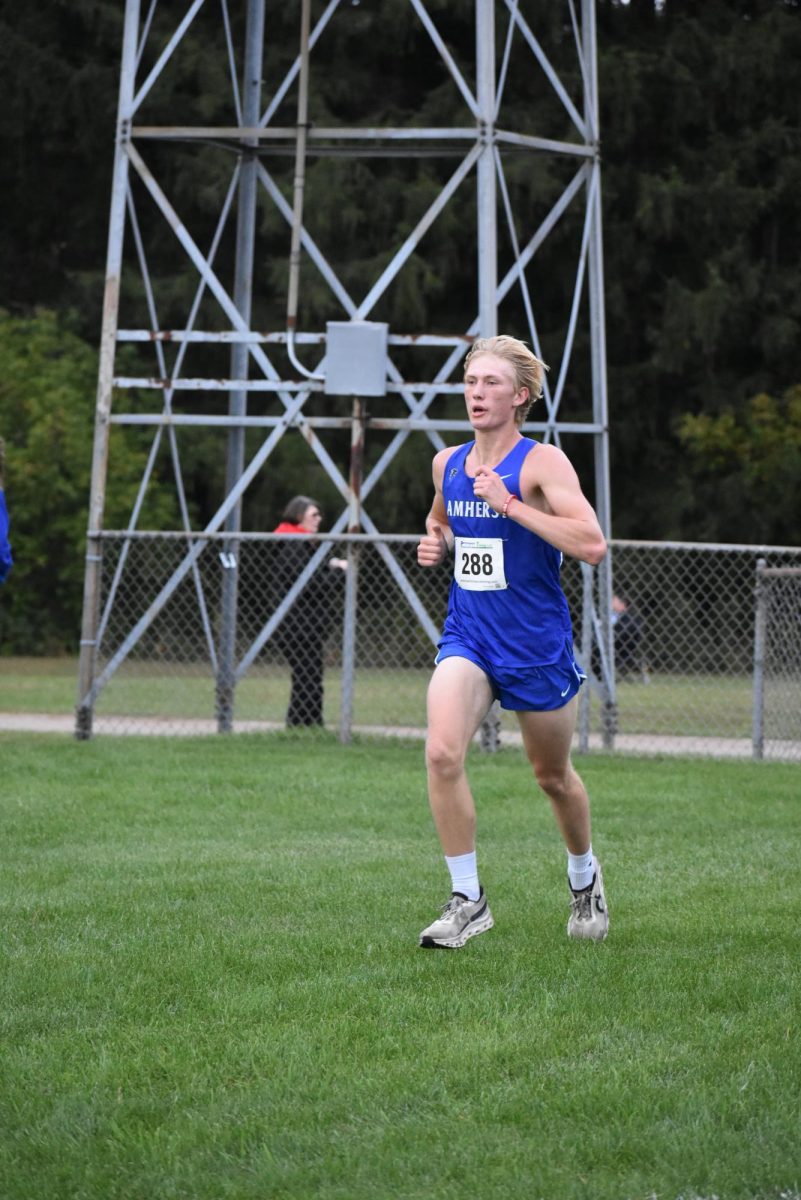
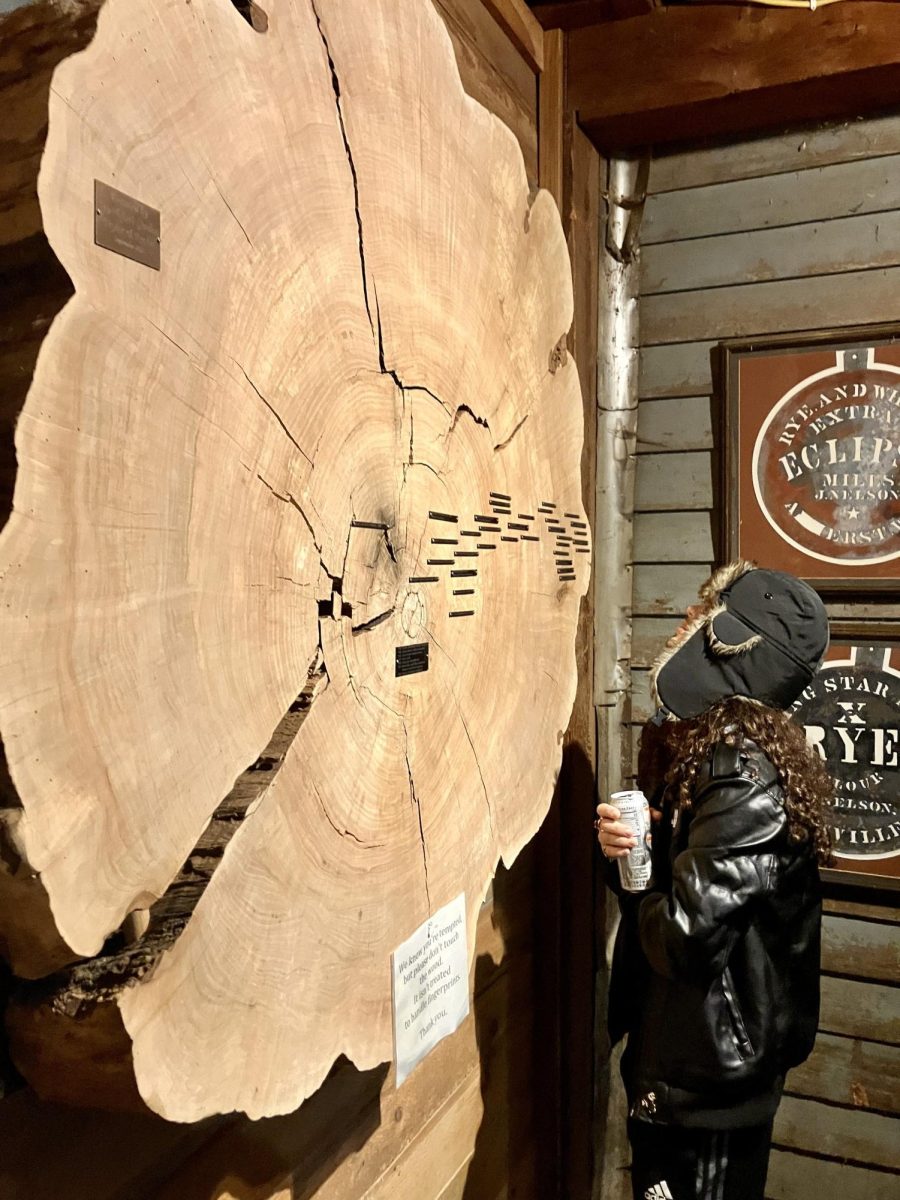






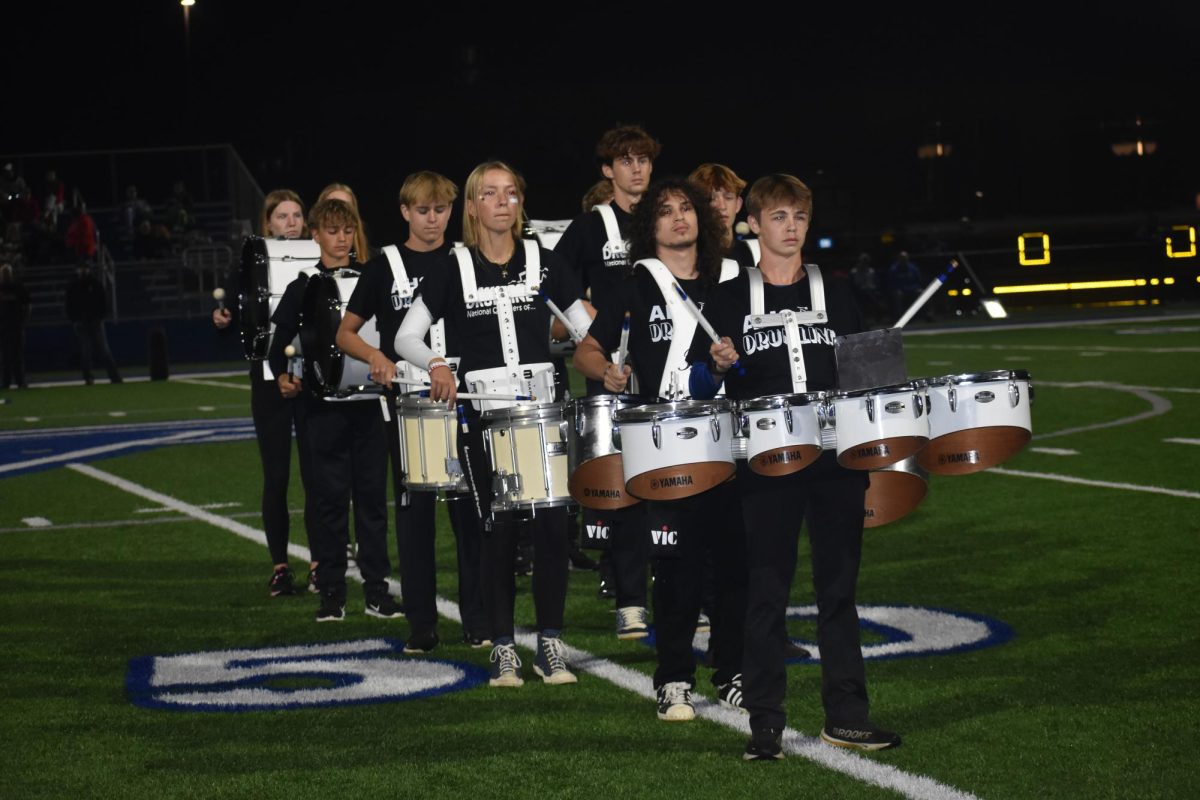
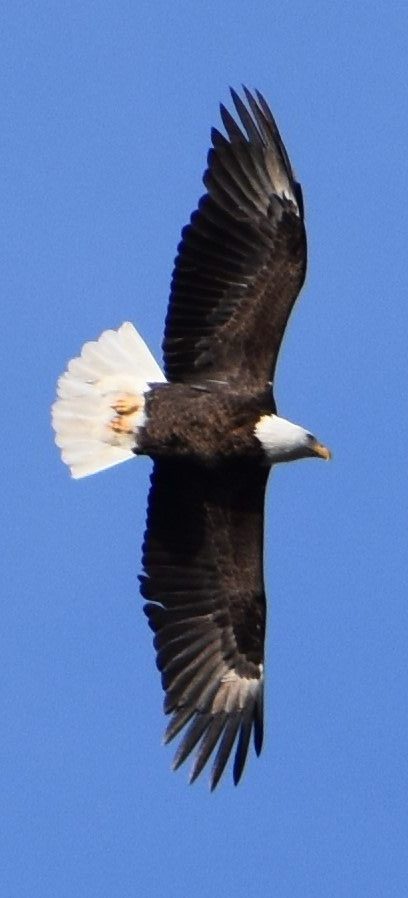
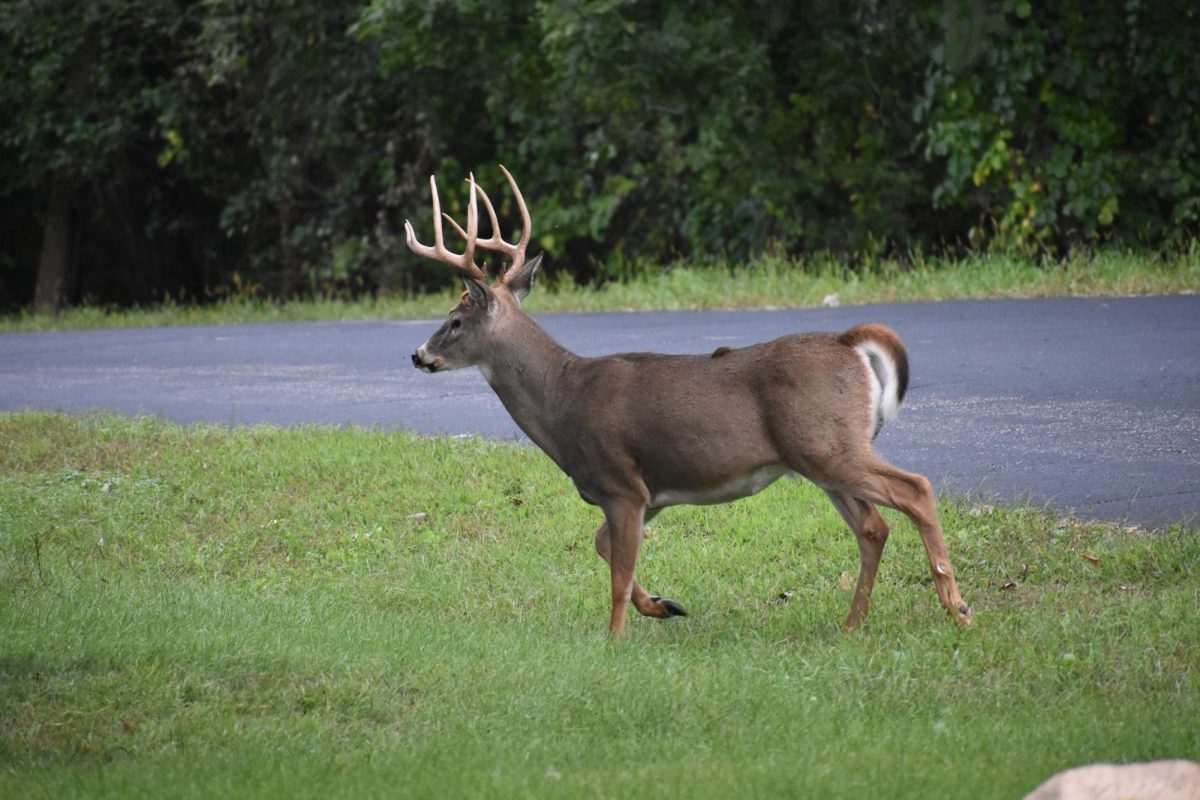
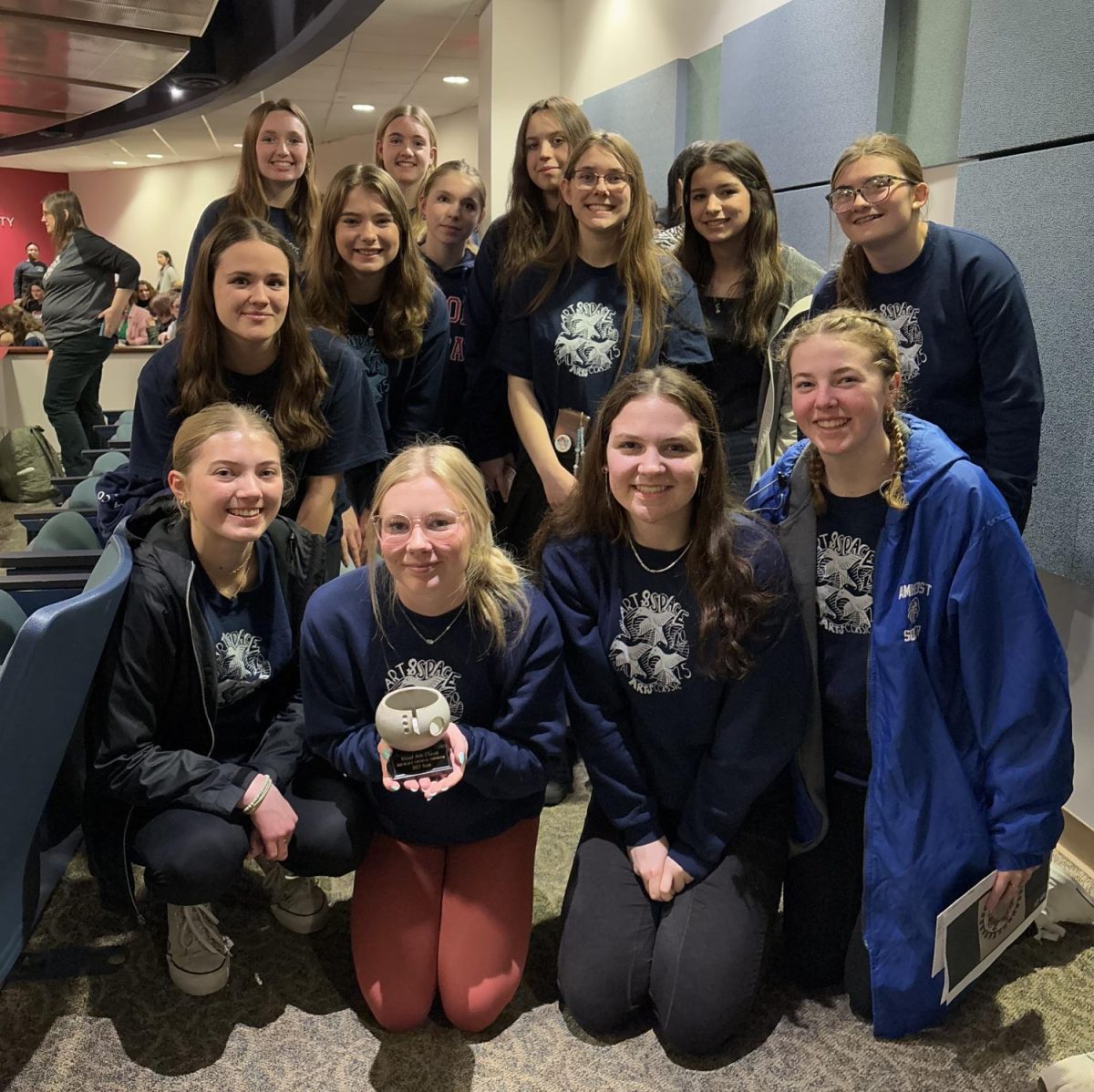
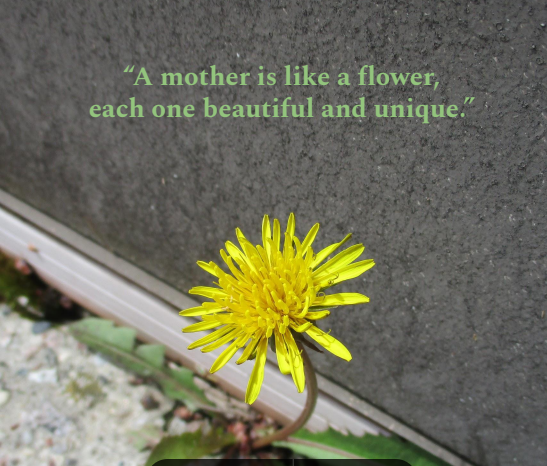





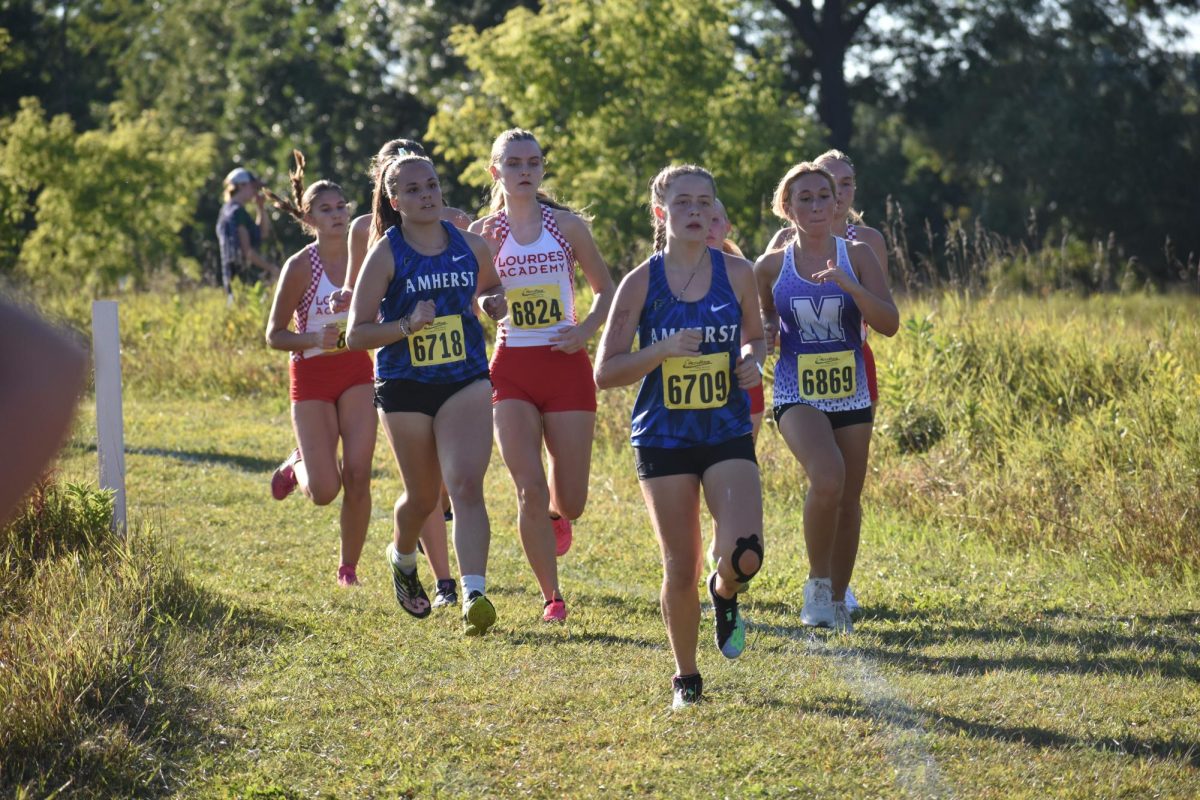



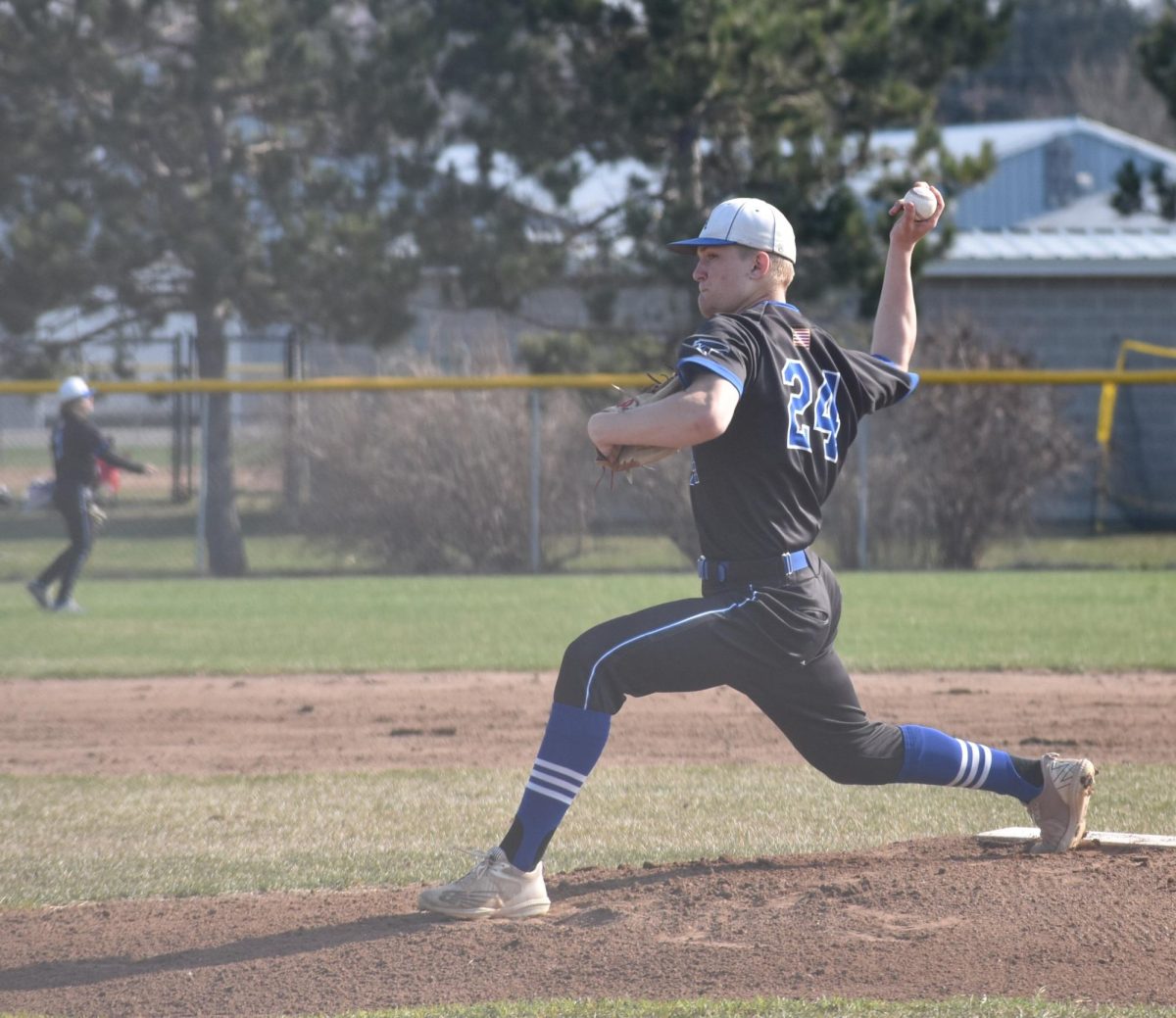
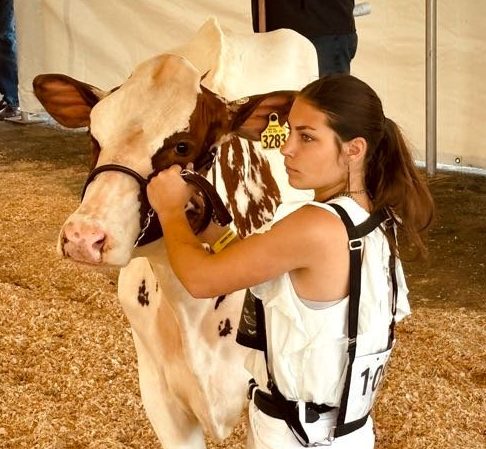

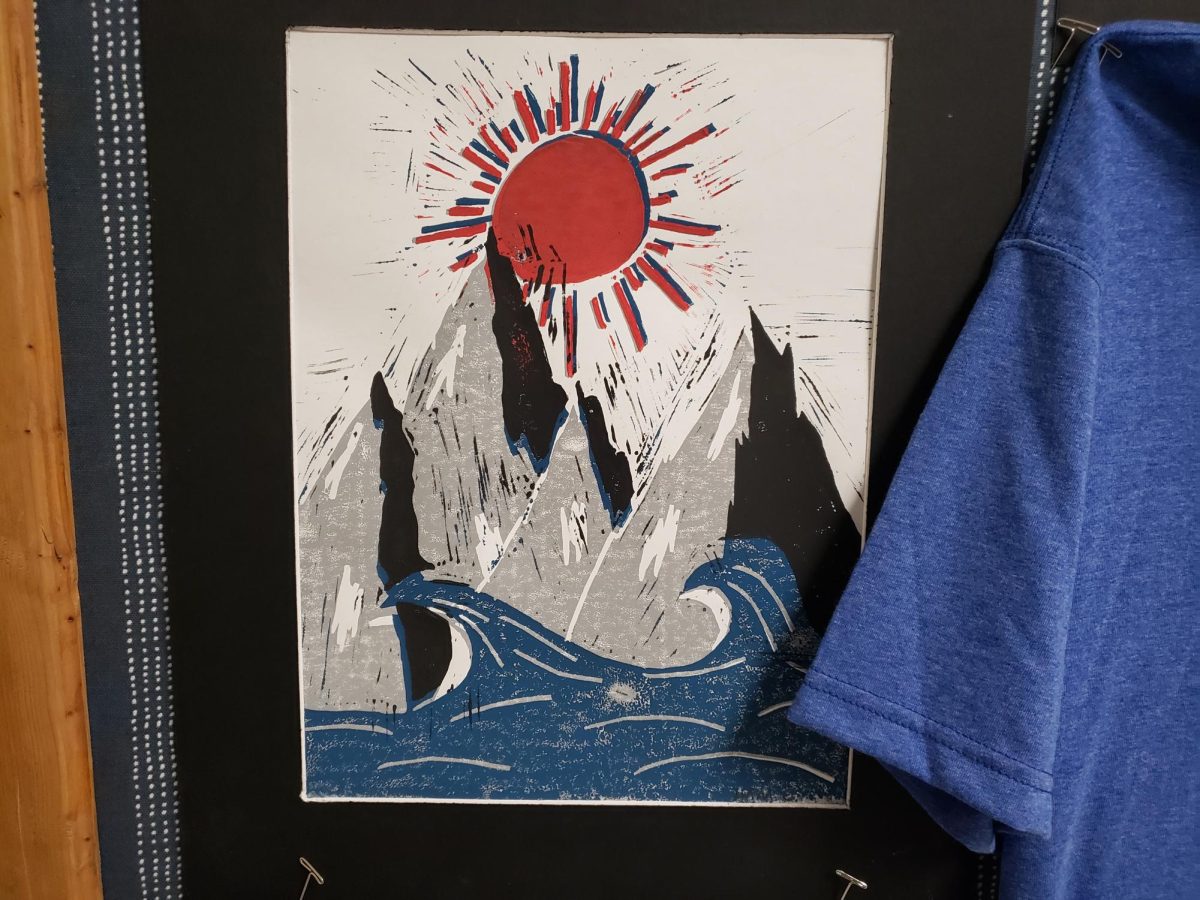
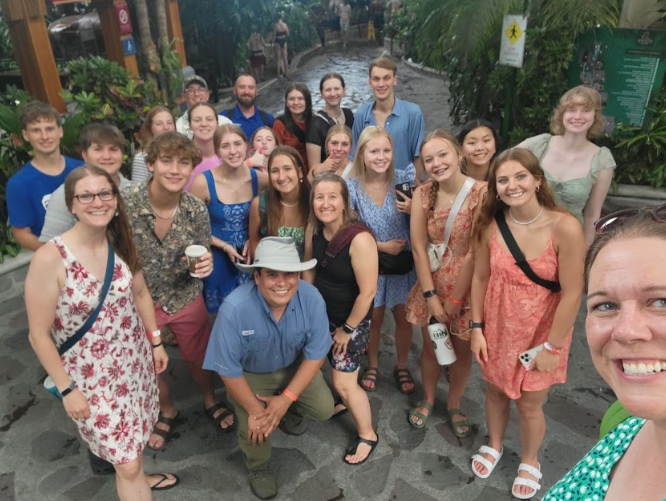
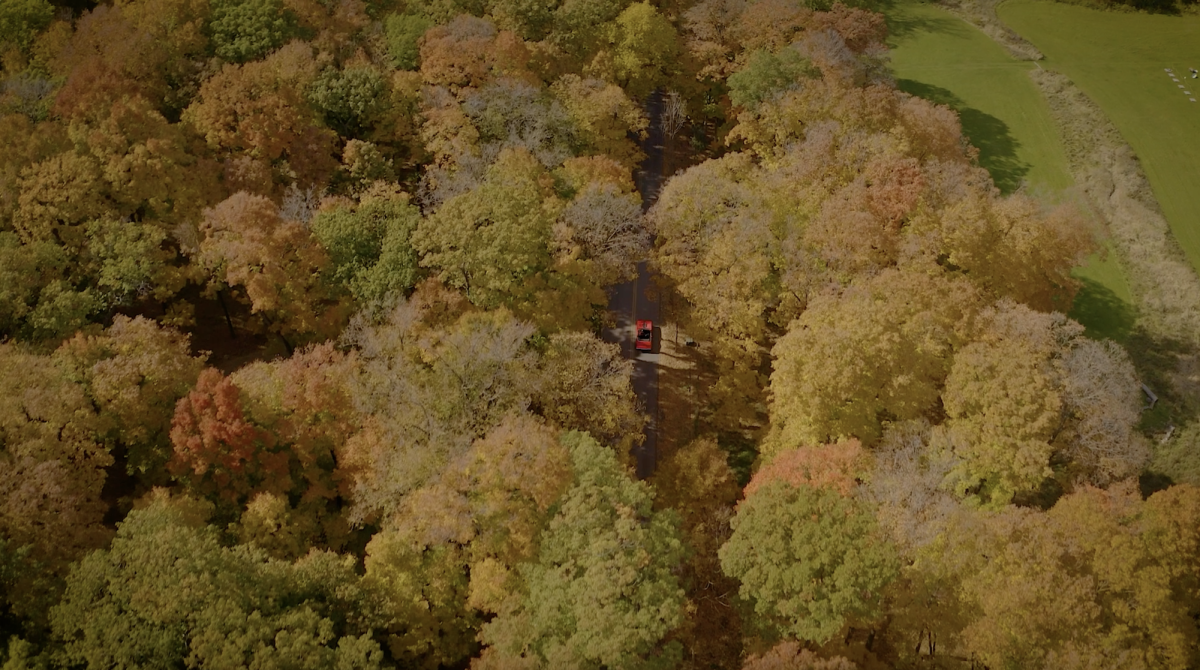

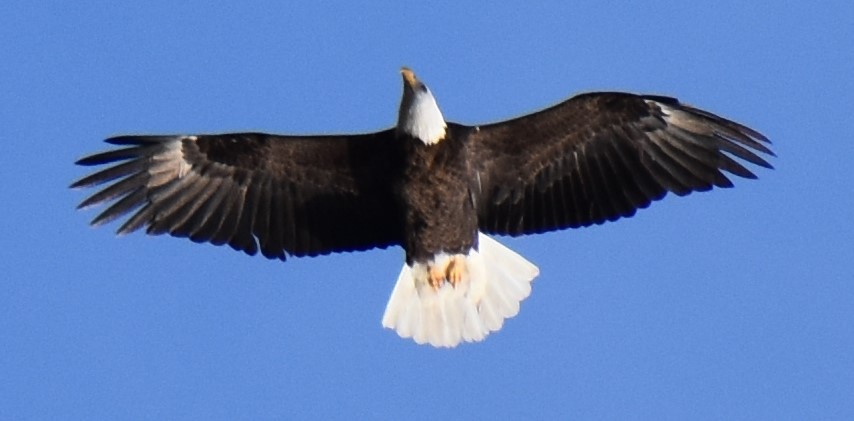

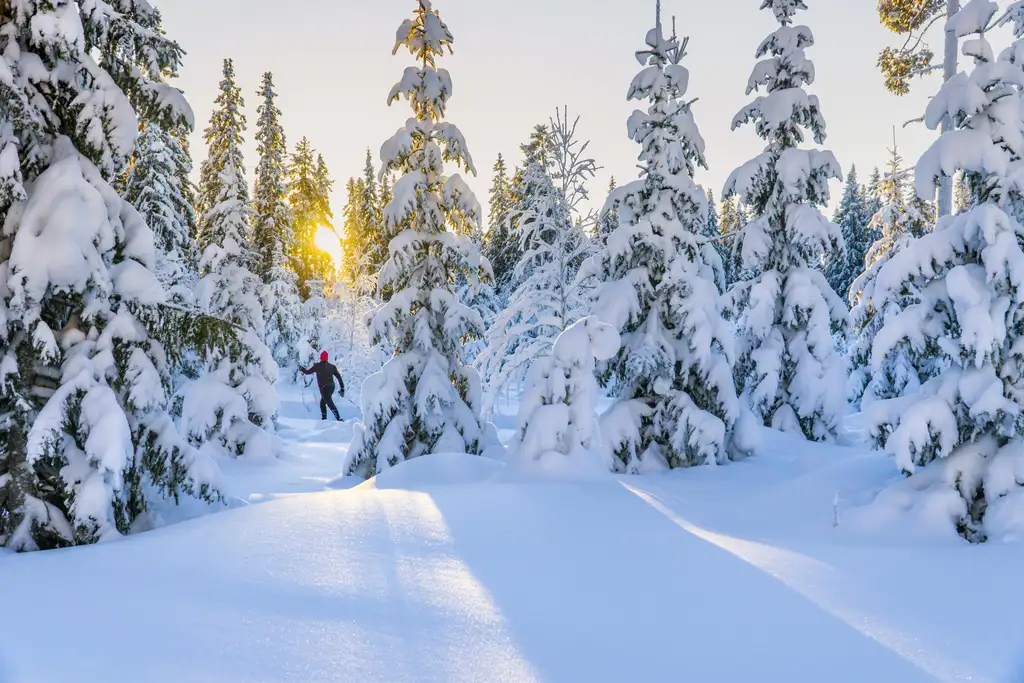
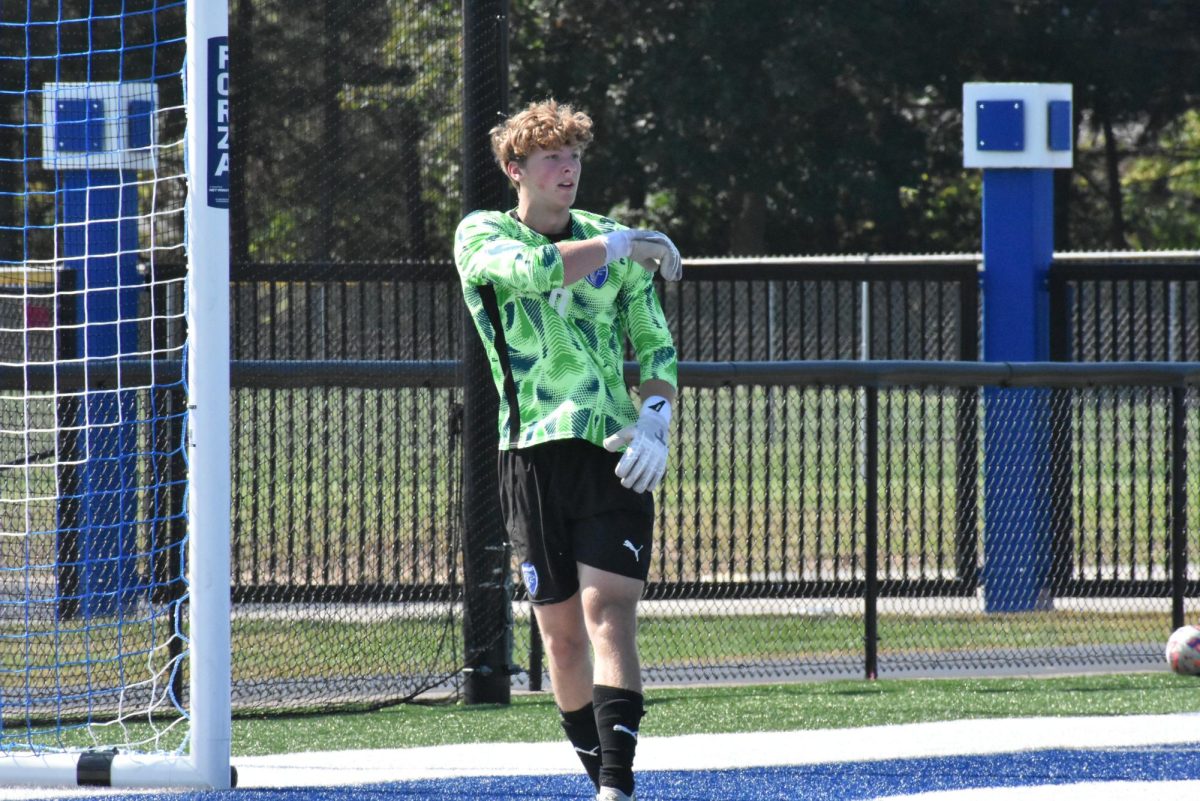

Tiris Byrd • Feb 20, 2025 at 11:41 am
That’s very interesting to hear. As an American, I don’t get many opportunities in knowing how people from other parts of the world live their life or handle similar things. Thank you for sharing your experiences from Sweden.